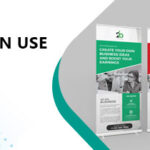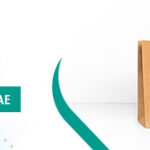Nowadays, printing has come a long way because of technological advancements in the field. By definition, printing is the act of reproducing content such as text and images. This is commonly done with ink on paper through a printing press and is often a large-scale industrial process. Today, printing has become an indispensable part of advertising and publishing. Offset and Digital options are both useful printing methods. Each has a particular benefit depending on your project’s requirements. This article might help you make a better choice next time you have some printing requirements.
Digital Printing
In digital printing, an image is sent directly to the printer using digital files such as PDFs and those from other graphics software. This eliminates the need for a printing plate which consequently lowers the price of offset printing and saves time. Modern printing methods like laser printing, ink-jet printing, and multi-function peripheral are known as digital printing.
Advantages of Digital Printing
1. Inexpensive black and white digital printing
2. Names, addresses, codes or numbering can be done seamlessly
3. Improved technology has made digital quality acceptable for more uses
4. Lower minimum quantities
Offset Printing
Offset printing is the best choice when larger quantities are needed and provides accurate color reproduction and clean professional looking printing. Offset printing technology uses plates, which are usually made from aluminum, to transfer an image onto a rubber blanket and then rolling that image onto a sheet of paper. Thus, the term ‘offset’ or the ink is not transferred directly onto the paper.
Advantages of Offset Printing
1. A large variety of paper types with custom finishes can be used
2. Highest possible printing quality with greater detail and resolution
3. Large quantities can be reproduced as the cost of offset printing is reduced
4. The more you print, the lower the cost of offset printing






